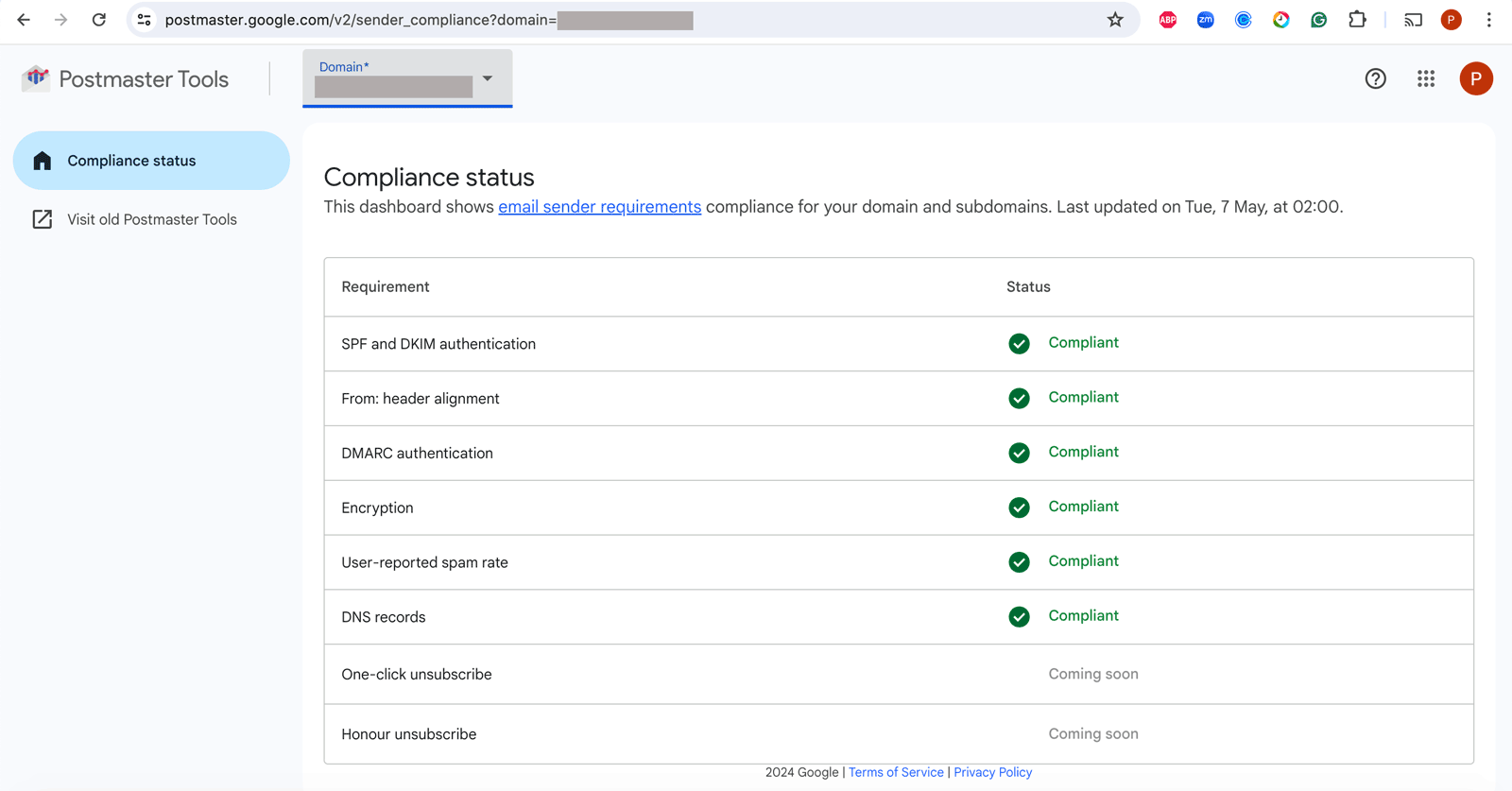New Email Verification Requirements
Starting in early February 2024, major inbox providers like Gmail and Yahoo require some senders to meet a new email authentication standard. While these standards have long been considered best practices, they will now be required to ensure a high deliverability rate and keep emails out of the spam box.
Note: as of May 2025, Microsoft (outlook, hotmail, live.com) will enforce new requirements and best practices designed to strengthen email authentication for domains sending more than 5,000 emails per day.
Anyone sending emails through third-party applications such as Flodesk must follow these new requirements. Failure to comply could result in your emails bouncing or being marked as spam.
All senders who send email to Gmail accounts must meet these requirements:
Set up SPF or DKIM email authentication if you’re using a custom domain
Keep spam rates below 0.10% and avoid ever reaching a spam rate of 0.30% or higher
All senders who send more than 5,000 messages per day to Gmail accounts must meet these requirements:
Send emails from a custom domain
Set up both SPF and DKIM email authentication for your domain
Set up a DMARC email policy for your domain of sending. Learn more about setting a DMARC policy here.
Keep spam rates below 0.10% and avoid ever reaching a spam rate of 0.30% or higher
Marketing messages and subscribed messages must support one-click unsubscribe and include a clearly visible unsubscribe link in the message body
When will these requirements be implemented?
Google has indicated that enforcement will be gradual, with requirements more strictly enforced by April 2024 and June 2024 respectively. You can read Google’s timeline here.
Microsoft announced that "After May 5th, 2025, Outlook will begin routing messages from high volume non‐compliant domains to the Junk folder, giving senders an opportunity to address any outstanding issues."
What happens with senders not meeting these new requirements?
Google states that senders who don’t meet the new sender requirements will start getting errors with error codes on the portion of messages that don’t meet the requirements.
These errors help you identify email that doesn’t meet Google's guidelines so you can resolve issues that prevent compliance. Email systems will typically attempt to retry sending messages that get temporary errors, after a short delay, which can result in a drop in open rates initially in your Flodesk email reports.
We encourage you to check your email compliance status using Google's Postmaster Tools.
A preview of the Google Postmaster Tools V2 Dashboard Compliance status section.
If I’m a Flodesk member, do I need to get a custom domain?
Inbox providers (like Gmail, Yahoo, Outlook, etc) have automatic filters working to screen every email and evaluate if they’re a potential threat. They commonly mark as spam—or even block entirely forever—mass emails sent from a free email address, as this is a common behavior for spammers and bad actors.
If you are using a free email address on Flodesk to send emails, we strongly recommend you get a custom domain and authenticate your domain via DKIM or SPF at a minimum.
A custom domain means that you’re sending email from a domain name that you own. An example of a custom domain would be you@yourname.com.
A “free email” address is an email address from a free email provider, such as Gmail, Yahoo, and Hotmail. Some examples of free email addresses are you@gmail.com, you@yahoo.com, you@hotmail.com, etc.
In certain cases, you may be required to set up a custom domain to continue sending unlimited emails from Flodesk.
If you’re using Flodesk and are not ready for a custom domain yet, we’re here to help. While you prepare to purchase your custom domain, Flodesk will rewrite your sender address so that your emails are sent from one of our verified domains. This will allow you to continue nurturing your list.
Note: When you use Flodesk to send emails, the “from” address includes Flodesk’s name by default. With a custom domain, you can send emails from your own branded name, which not only builds trust with your recipients but also improves deliverability.
How do I implement one-click unsubscribe?
If you are using Flodesk to send your emails, we have already taken care of this for you. Our team has added the additional code needed to allow Gmail to surface up the one-click unsubscribe link for users who wish to use it.
Why are mailbox providers pushing these kinds of requirements?
Email abuse is a common problem in the world of email. While inbox providers have taken measures to ensure their users' safety, it’s increasingly essential that some responsibility also falls on senders. It can be challenging to distinguish legitimate senders from spam or phishing attempts, which makes it difficult to reward good senders and keep unwanted emails out of users' inboxes.
What should you have in place to meet these new requirements?
Regardless of your list size, set up the following to give your emails the highest chances of being delivered:
If you’re a bulk sender (sending 5,000 emails per day or more), you’re required to have these in place.
Additional resources:
What is a custom domain email and why do you need one?
How can I get a custom domain email?
How to add a custom domain sender email to my Flodesk account
How to verify your custom domain manually
How to automatically configure your domain
How to complete verification for a partially verified custom domain
What is DMARC and why it matters

